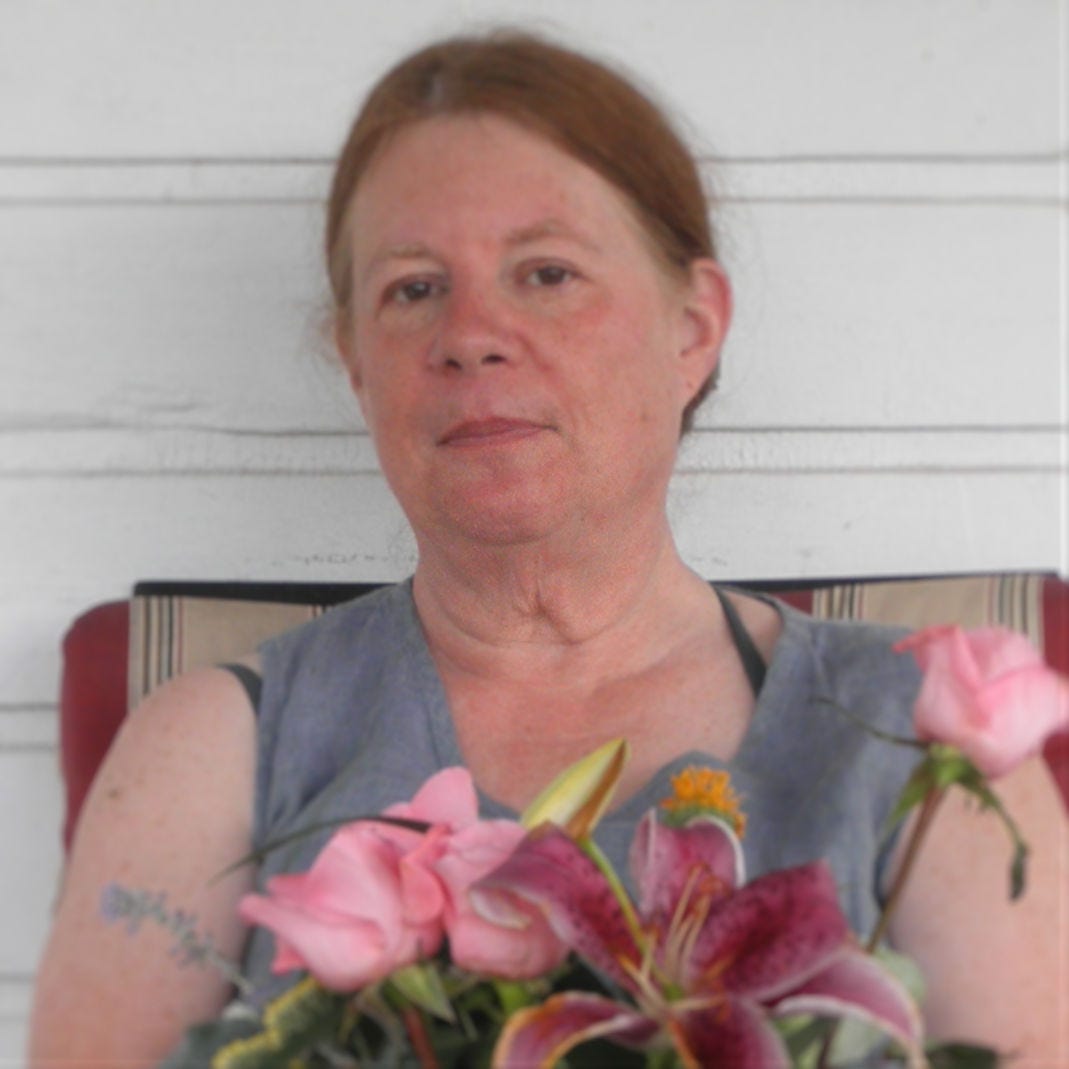There was nothing “wrong” with Arianna; I hate to explain in these terms but she was one of the many creatures flung into the system of foster care.
Arianna was 15 years old. Her background was blurry and confused—a series of bad marriages, Arianna being pushed and shoved from her mother to her grandmother and back; then basically everybody giving up on her. Her diagnosis was mild, some sort of negative behavior disorder. She had no history of violence or severe anti-social behavior.
If I sound angry while I reflect on this lost girl, it’s because I am.
The first time I met her was at her high school, which was odd. It is usually the home I went to first. Obscurely, this bothered me. I definitely wanted to meet the foster mother. Instead, I went to the principal’s office at the appointed time and asked for Arianna. I was almost shoved into a small room, the door closed firmly behind me. Arianna was sitting at a table, her face turned as far away as possible from me. This was not a good start and my heart sank, to use a cliché, but I was there to work. I sat down across from her and introduced myself. There was silence; not a good start.
Arianna was a handsome girl, large-bodied, with lustrous black hair. I studied her and there was a quality about her that made me think she was intelligent. How could I know this? Angry, yes, definitely that was true.
“It must be hard to be so angry and intelligent at the same time.”
Her head swung around and she gazed at me in shock. Without knowing it, I’d said the right thing. I do not remember what was said during that first session except that I knew something. Arianna needed a good friend. That was not my role, I was aware of that. But how do you make up a behavior plan for somebody like her? How do you help a lost soul find its way?
I decided to put aside a lot of the rules and concepts I’d been trained to follow. I had done that in previous cases in a minor way. But obviously nobody cared about this girl. My supervisor knew nothing about her; she had a pile of case files regarding children in much, much worse states on her desk to give her headaches. She had no time to follow up on what was going on with Arianna. Obviously the foster mother was in no hurry to meet me. So Arianna and I became chaverim-friends.
I did find out that the foster mother was an Evangelical Christian with strict beliefs. This was the focus of Arianna’s frustration, and it involved something so simple.
In the various malls of the surrounding area there existed a series of chain stores that sold “goth” items. I vaguely knew what this actually meant; I guessed this chain of stores sold black T shirts with skulls printed on them and bats as well: fake chains and black nail polish. All of the kids at Arianna’s school loved these places and wore items bought from these stores. It was just a style, but Arianna’s foster mother refused to allow her into one of them. She told me quite calmly that those places sold instruments of the Devil and Arianna would become contaminated if she went in.
Since Arianna had no money, there was no question of her buying anything. All she wanted to do was look.
I went by myself to a “goth” store to investigate. It was as I thought. Cheap junk, made to look scary and to shock adults. The only offensive object I could see was a cross hanging upside down, one of the signs of the Devil. I went back to Arianna’s foster home; I was never invited in, I always spoke to the foster mother at the door.
“I went to a goth store and looked around for myself,” I told her as respectfully as possible. “If Arianna wanted to go in and look around I would go with her. Nothing bad will happen, I promise. All she wants to do is look.”
To my surprise, the foster mother agreed and Arianna and I had our day out. We always had fun together and found lots to say. When she finally got her chance to see one of these places, she was unimpressed. She didn’t say anything about wanting to buy something. I knew she was intelligent.
Finally, I learned that my client was a budding artist and had no money to buy art materials. She loved to draw. In confidence, I told a friend about Arianna, not using her name, just relating that I was dealing with a lost soul who had no money to buy anything she wanted. This friend sent me a check for $50 to give to Arianna in order to buy art supplies. A real mitzvah.
So Arianna and I hung out together, she stopped focusing on the goth materials, and bought herself a drawing pad along with a huge collection of pens and colored pencils.
This case was closed out and Arianna went to live with her aunt in a far-reaching area where my agency didn’t operate. I often think about her and how things turned out. Let us hope that her soul found a home.
Leslie Golding Mastroianni had a Bachelor of Arts degree in English Literature and Master of Education in Counseling. As a counselor, she worked at the Devereux Foundation in suburban Philadelphia and several other community and family-based mental health facilities. She has been writing since the year 2000. Her novel, Buying A Year, was published in 2004. She is a teacher and shares informal talks and lectures on writing to children’s groups, adolescents, and retired people living in various homes and facilities.




